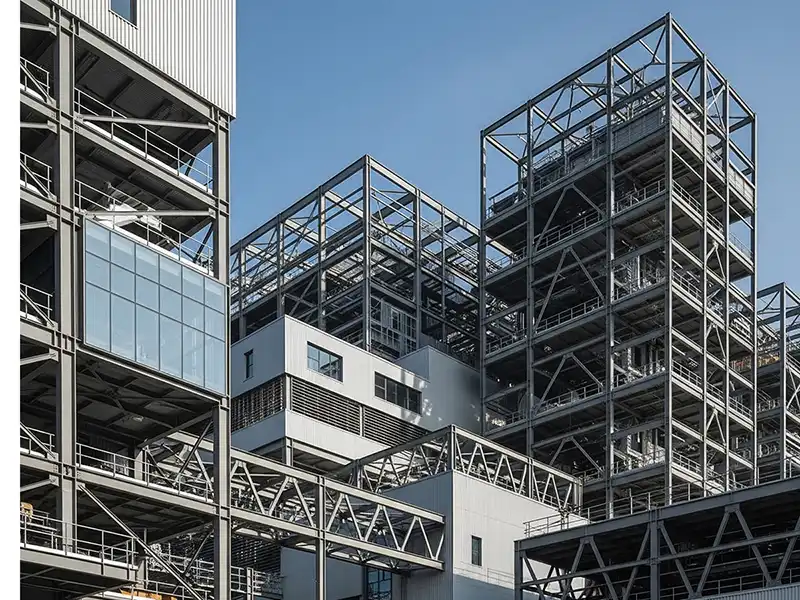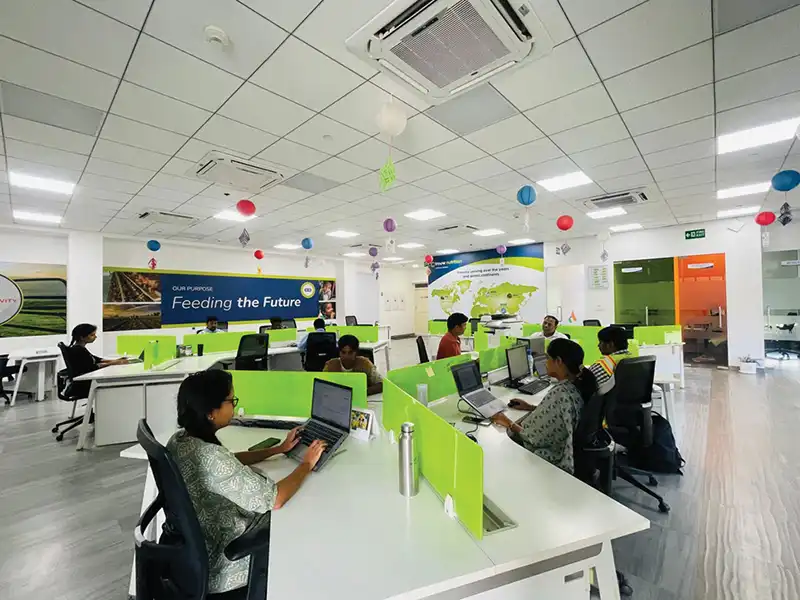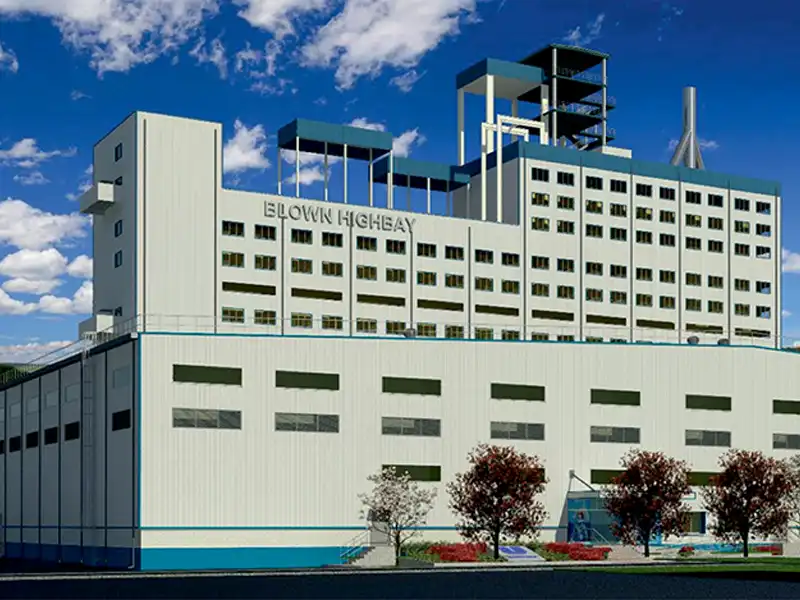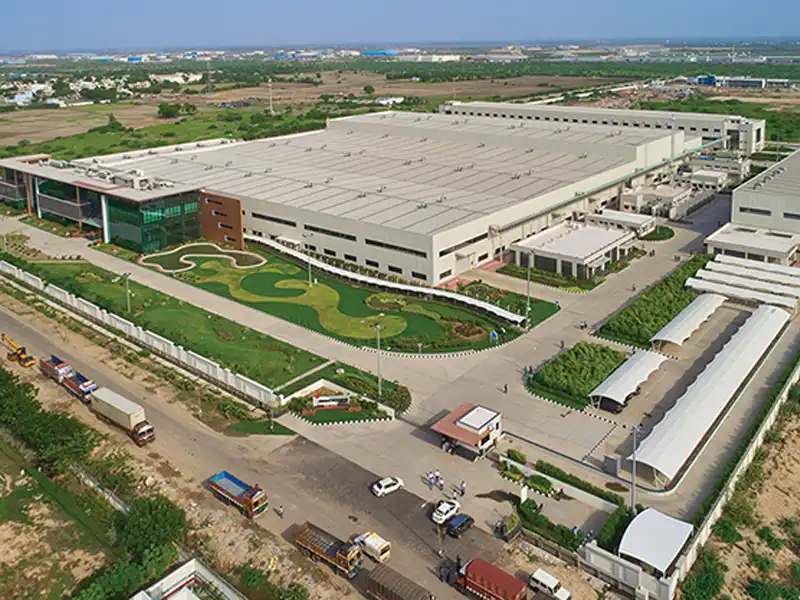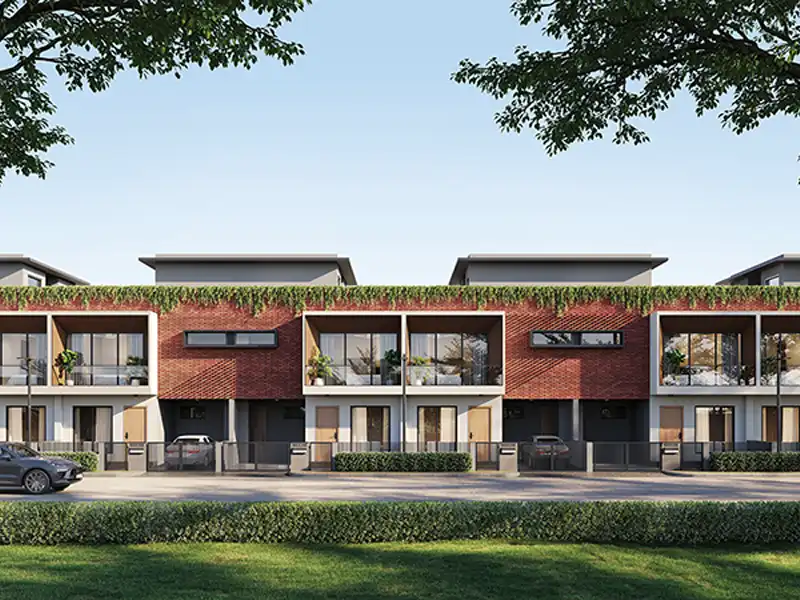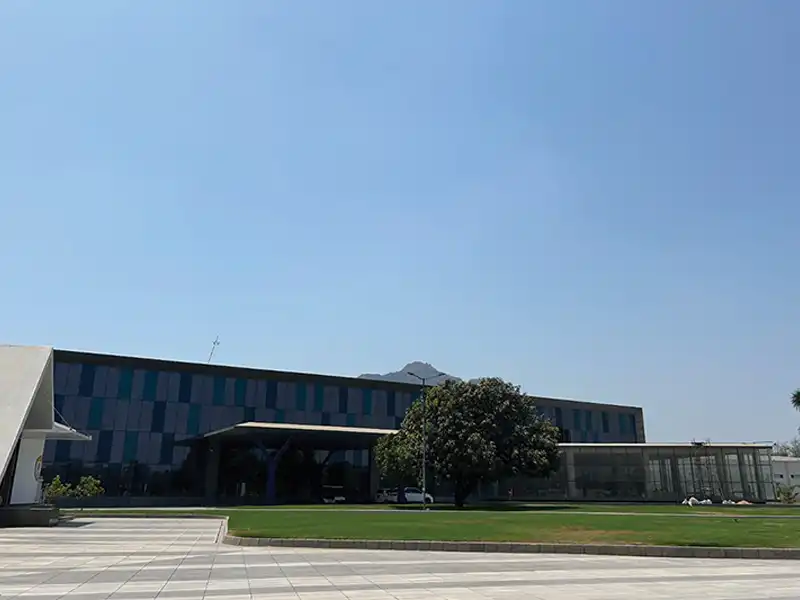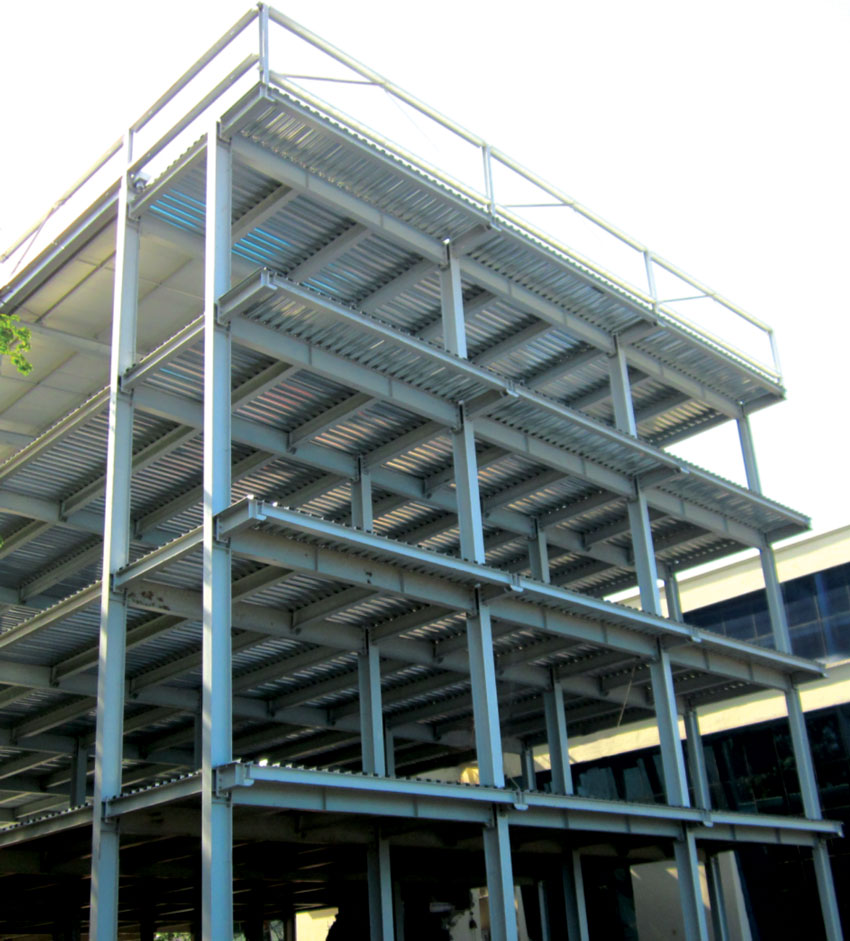
The country's PEB industry has reached a state from where it can only grow as the only emerging alternative building construction technology/resource. The need is to increase awareness, especially among specifiers to mark the shift. Finds out Syed E. Hasan.
With around 600-700 PEBs (considering 25,000 square feet area or more, including the multi-storeyed) each year, Pre-Engineered Building (PEB) is emerging as a strong alternative to conventional concrete construction methods. This is because PEBs are now addressing almost all the parameters including finishes, environment control, and life cycle with a panache derived from product innovation and technology advancement. As per the industry experts, over the next 2-3 years, the industry is optimistic about a 15 to 20% annual growth, tending to double its market, say, in the next five years.
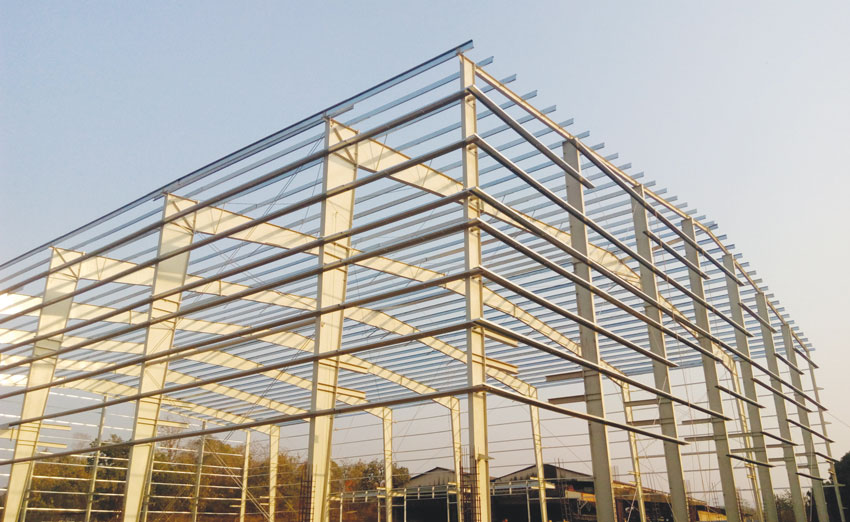
Interestingly, the journey of PEB industry in India has been remarkable over the decades mainly due to it being economical and facilitating faster construction besides having various other green attributes added to its name. No wonder that seemingly an underdog industry has been witnessing rapid mushrooming of the unorganized local players, where quite a few are innocuously making good money by supplying subdued materials thus encouraging malpractices. In quite a few instances, it has been noted that the cost-conscious consumers get trapped due to lack of awareness.

However, industry stakeholders are of the opinion that this phase will soon pass by. "It is not the awareness but their consciousness has got a knock as more and more customers and companies are now realizing that low cost does not bring the quality, it promises. It's a well known fact that better and superior quality comes at a cost. We observe, and are confident that consumers are moving ahead of the price barriers, and have started considering reputed companies to opt for better quality products," says Mr. Gautam Suri, CTO & Director at Interarch Building Products Pvt. Ltd.

Taking note of the situation, Mr. Puneet Khanna, Managing Director of Supertech (India) Pvt. Ltd. says, "The lack of awareness is the unfortunate part of the industry that sometimes causes tragic consequences, either in the shape of loss of life when the building fails prematurely or requires costly maintenance and repairs. To overcome such situations, it is important to interact with both – the specifiers and end-users, from time to time to enhance their knowledge, which we are regularly doing. Besides this, we are continuously approaching the industry stakeholders and requesting them to follow only the standard codes prepared specifically for PEBs, be that for design or for raw materials."


However, there is always another side of the coin, where there is a sort of reluctance on the part of the specifiers when it comes to adopting PEBs. As feels Mr. Ankur Bedi, Director, Business Development & Projects at Cold Steel Corporation, "The only reason for the lack of knowledge amongst the industry stakeholders – designers, architects, consultants, etc. is that they feel comfortable mostly with the conventional RCC systems, whereas the PEBs are still new to them with many challenges on the floor. This actually restricts most of them either to adopt or experiment. Even reputed consultants don't want to admit that they are not familiar with the relatively new system."
Factors in Favour
There is a lot of scope in India for PEBs as this is yet to become a norm like it is in developed economy where nobody goes for conventional RCC construction. India is still an exception as one out of 100 projects are steel or even less, say, one out of 200 projects. However, in the last five years, the industry norms have changed a bit. There is a positive sign as quite a few top rank manufacturers or suppliers of PEBs have started showing interest in multi-storey and commercial projects in steel. This is only because the demand curve in the market is now changing. Earlier PEB's application was restricted purely in the industrial and warehousing sectors. But now more people have opted to adopt it in the commercial, multi-storey, and retail sectors.Meanwhile, there is a huge change in the availability of the conventional raw materials i.e. sand, grit, brick, etc. These have become far more expensive because of their scarcity, which is further restricted by the introduction of stricter mining laws, followed by labour issues and escalating interest rate. Accordingly, people are now looking for options, which are quick, comparatively cheaper, and ultimately, can be used to develop all sorts of buildings. This is also adding growth prospect to steel buildings.
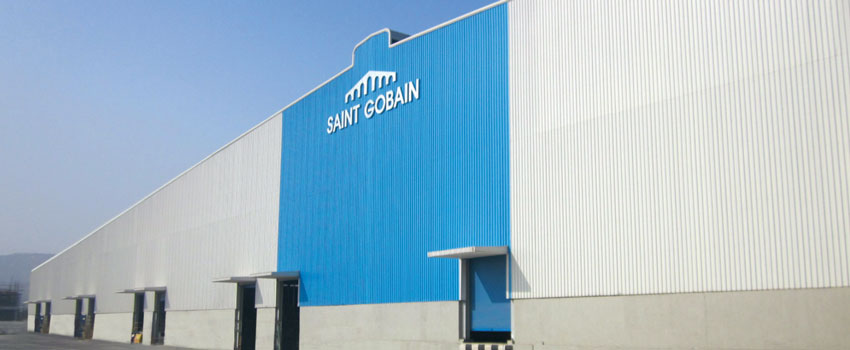
Amidst all this, application of PEBs has got wide acceptance across the industries, further increasing its potential. The concept now is not limited only to power plants, warehouses, industrial buildings, aircraft hangers, stadiums, automobile, electronics, etc., but has gained popularity in commercial and residential segments as well. Reduced completion time coupled with the benefit of quality, and a successful past are together helping it gain popularity among the building construction fraternity.
"PEB is getting its due credit as a favourable alternative construction resource in India today. More sectors are realizing the benefits of metal over brick and mortar, which in turn is raising the bar for steel's popularity in commercial and residential segments. After proving its worth in several construction verticals including warehousing, infrastructure, oil & gas refineries, PEB is now getting endeared for multi-storied commercial and residential sectors too," says Mr. Bedi adding that just three years back we only had 3-4 multi-storeyed projects, which has now gone up to 18. "This provided us a base and has increased our strength. Now, we have the examples ready for up to 2-3-4-5-10-storeyed projects to show it off to our potential clients."
Specifiers are the Key
The growth of PEB as an industry needs a perfect correlation between the supplier and the architects. "Our consultants at this point in time are not that competent as they should be. A lot of these consultants has very little or no knowledge of actual fabrication of PEBs. No doubt, that they have theoretical knowledge of design, but it is only a part of the process that has two more steps of fabrication and installation. Each of these is different phases of the PEB construction process, which if they come closer to the PEB manufacturers would be easy to understand. Unless the architects come forward and decide to move together with the PEB manufacturers, we can't expect the total success. I would rather advise them to consider and feel themselves as one of the two components of PEB industry with each having their respective roles designated," says Mr. Bedi.
Notably, in many cases, it has been reported that design parameters and paint thicknesses have been compromised or poor quality fasteners are used in order to bag the order at the least possible rate. This finally leads to the failure of the structure. "It's fateful that some PEB suppliers dilute or bypass various design codes to make the structure more economical, but lighter, whereas the design of PEB should be done as per the specified codes i.e. IS-800, IS-801, IS-875 etc. only. We always advise specifiers to use respective specified standard codes such as ASTM A572-SS-50, ASTM A1011-SS-50, ASTM A792 etc. for designing of building and for raw materials, and high tensile hardware with 8.8/10.9 grade, which is well-established criterion," explains Mr Khurana.
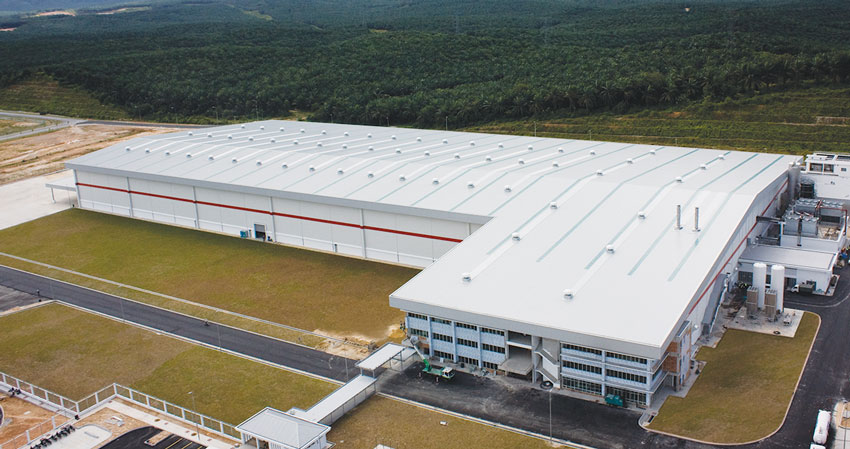
"Besides having good knowledge about products and standards, the architect/consultant should prepare a check list so as to check some points with a PEB supplier before placing an order. These points include the company's past performances, financial strength, its infrastructure i.e. plant & machinery, design & engineering center, details & specification of raw material being used by the company, etc. The process will help the architect to understand the company's capability for handling and execution of the project and accordingly, he can decide to move ahead or look for more options," suggests Mr Suri.
While many feel that PEB's success in India depends on convenience and improvement in design, finish, and product range as these are some of the factors that may encourage projects like residential buildings and shopping malls to induct the PEBs solution into the infrastructure. However, Mr. Bedi takes it otherwise. According to him, there is hardly any improvement in design but in the design tools. "The technology in PEB has been quite stable for the last two decades. It is not an evolving technology as of now, and we can't even expect it to move up by leaps and bounds. But when it comes to technology, the only area that has improved a lot is the availability of better software, making the design process easy and fast."
Quality and Sustainability
When it comes to assuring customers about the quality and sustainability, the industry stakeholders have different arguments leading to a common goal of delivering satisfaction. To assure its customers, Interarch believes in continuous improvement of quality in every aspect of its business. According to Mr. Suri, the company has in place, an exhaustive Quality Management System and all products meet national and international standard requirements to deliver consistent quality to its customer. "Quality practices are carried out at different stages of material production, right from raw material inspection to packaging condition and to identification and traceability of the materials."There are several parameters through which Tata Bluescope measures the satisfaction level of its customers about quality and sustainability. According to Mr. Pingle, Tata BlueScope Steel is committed to continuous improvement of environment performance and the efficient use of natural resources. "Our objective is to produce a range of versatile steel building products that are innovative, durable, safe, and at the same time, aesthetically pleasing. Our products are energy efficient, recyclable, and environment-friendly."
Sharing some updates on product innovations Mr. Pingle informs, "Because of specific surface coatings, ZINCALUME® steel retains its bright surface for longer that helps to maintain better thermal performance and comfort for longer duration. Similarly, our COLORBOND® steel has Thermatech™ Solar Reflectance technology incorporated in its paint system for higher solar reflectivity. In hot weather, COLORBOND® steel can reduce peak roof temperature up to 6°C due to its higher SRI index. It can also reduce electricity consumption by up to 15%."
Non Availability of Skilled Labour
India is always at a deficit when it comes to availability of skilled labour, agree most of the industry players as this is the major issue for any industry not just for PEBs. "Availability of skilled labour is a serious problem – and it is not industry specific but a national issue, which must be addressed by the government as there isn't any proper planning when it comes to skill development. There should be the provision of some vocational training programs for skill development of the people. Proper monitoring of skill development is the need of the hour in India, be it for any industry/trade because, simple graduate – irrespective of any stream – is hardly of any use. Even candidates coming out of ITI are not learned as they are expected to," notes Mr Bedi adding that under PEB, since we have reached a certain level of automation, we are not over dependent on the skilled labour.Echoing the same sentiments, Mr. Khanna says, "Yes, it is a major problem for our Industry. Despite the fact PEB is more inclined towards automation in production process, we are continuously arranging technical training programs in order to enhance the technical skills of our workers. We are conducting training for our sub-contractors, their associates and their personnel on quarterly or half yearly basis, so as to keep them updated about any new techniques in the industry. It's an on-going process and the need."

